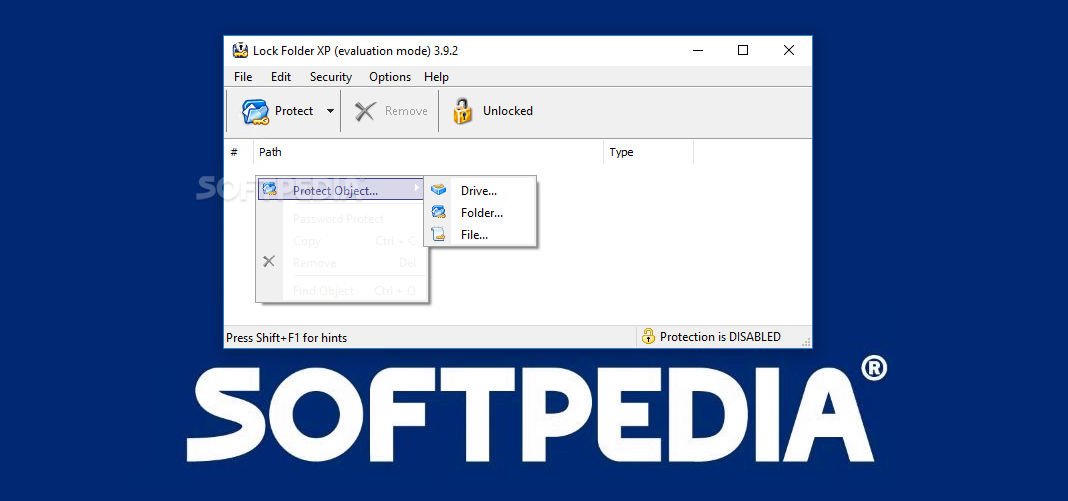
The feature launched for the Pixel 3 and later in June, and in late September, Google said it would be releasing for all Android phones soon. And by the looks of it, the option is disabled at default, making you at least less anxious knowing your private files are not automatically backed up to the cloud.Google Photos users on iPhone and iPad will soon be able to lock their sensitive and private images in a special passcode-protected folder with the help of a new feature coming to iOS.Īs per The Verge, the feature, which currently lets Pixel owners hide sensitive photos and videos in a passcode- or biometric-protected folder, is coming to iOS early next year. While the feature sounds a bit riskier since you will be bringing your offline files to the cloud, it may benefit users in managing secured photos and videos in multi-device set up. Likewise, we assume it would mirror the basic functionalities found in the mobile such as move and delete. There have not been any accompanying details revealed yet such as what could be the extended user controls presented on other devices and web if indeed these will be added. Google Photos adds option to backup Locked Folder to cloud / © Telegram/u/Google Below the account profile is a note that photos and videos not backed up will not be kept if a user performs a factory reset, deleted the Photos app, or switched to a new mobile.

It shows a new toggle called Locked Folder backup within the settings in the upcoming app version of Photos.


Now, a purported screenshot of the said feature has been shared in a Telegram group chat. Don't miss: How to easily hide photos and videos via Lock Folder on Android or iOSīackup the Locked Folder in Google Photos.The only downside is that this folder lacks an option for backup to cloud if you plan to bring your private files online across other devices. Like with most privacy file managers, Locked Folder secures your select photos or videos that can only be accessed using a PIN or biometric authentication. The Photos' Locked Folder was an exclusive feature to Pixel phones before it was expanded to the main Android and iOS versions.


 0 kommentar(er)
0 kommentar(er)
